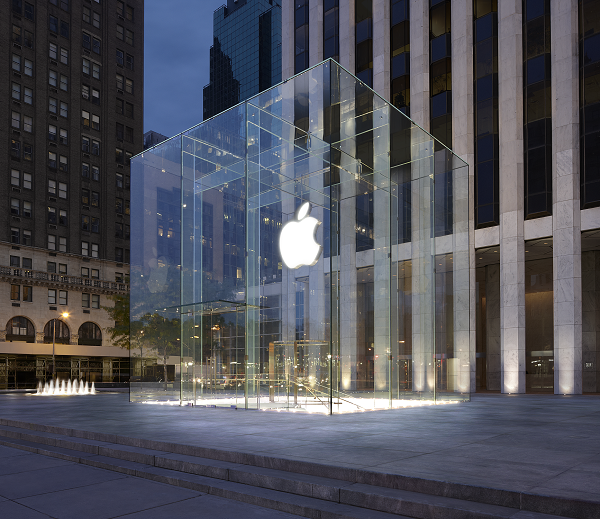iPhones, iPads, iPods and Macs have always been pretty common in certain types of small businesses. But these days, they’re becoming popular in almost all types, due to the growing number of capabilities they offer. While it is a smart investment in the long run, switching to them means setting up a bunch of hardware that brings with it new challenges.
When adding any new technology to your business, it’s important to find ways to make doing so cost effective. Making the right decisions up front can prevent you from spending more money and time correcting bad decisions. Here’s a look at what you need to know to set up and economically manage your Apple devices.
Plan Your Setup
A major feature that is good to make use of from the very start is Apple’s Device Enrollment Program (DEP). When a device is signed up with DEP, setup processes are automated, saving a ton of time when enrolling many devices. A few of these automatic processes include:
- Install apps that are purchased using a central Volume Purchasing Program (VPP) account from Apple to all devices
- Bypass Activation Lock (so if you have any turnover, you don’t have to do a bunch of work to assign the device to someone else)
- Add Wi-Fi networks (for example, if you have a different network for each location and want to set them all up at the same time
- Add your email accounts to devices so you don’t have to do so manually
- Force good security practices so all your customer data isn’t exposed
- Keep an inventory of all your devices for insurance and tax purposes
Having done a lot of large Apple integrations myself, I happen to be pretty partial to automatically setting up and enrolling devices into an MDM service like Bushel (www.bushel.com), which is designed specifically for SMBs. Setting up devices this way can save you a ton of time, but it’s important to keep in mind that you can only use DEP if you purchase devices that are DEP-enabled.
Before you buy these DEP-enabled Apple devices, there needs to be some strategic thought. You will want to make a list of all the tasks that your users need to perform and then figure out how people are going to complete those tasks. For example, are your employees going to fill out time cards? If so, are you going to use a more traditional route, or are you going to digitize the process with an app?
Buying Apple Devices
After thinking about your needs, you should begin by setting up one device with all of these needs to make sure that it works for your business. When you have one device set up the way that you want and you want to replicate it to your other iPhones, iPads or Macs, you have a few different options. There’s a free tool from Apple called Apple Configurator that can be used to duplicate the setup of an iPhone or iPad to other devices. An MDM solution basically finishes the setup for you by putting the apps, mail accounts and other user-centric settings on the new devices. Pretty cool.
Maintaining Apple Devices
Once devices are set up and in people’s hands, there are a few final things to consider:
- What do you do if a device gets lost? You can remove all of the data on a device remotely in a family/home environment with a tool such as Apple’s free Find My iPhone. An MDM solution does a better job at this for businesses, as only the administrator can lock or wipe devices.
- What happens when an employee leaves? If the device has an AppleID on it, resetting it can be tricky. An MDM solution can bypass the Activation Lock without problem; otherwise you’ll need the original receipt of the device and a trip to the local Apple Store.
- What happens if the device breaks? You’ll want a backup of the device. iPhones and iPads can be backed up to an iCloud account for free (or a small fee if you have a lot of data). Macs can either backup to a hard drive using Time Machine or a third party service, such as CrashPlan.
There’s a lot more to think about, but these initial steps should get you started off on the right foot. The best piece of advice is to plan out your deployment of devices before acting on it. This will give you time to explore your options and prevent a lot of stress for you and your employees alike, all while preserving your underlying business processes. Remember that this experience doesn’t need to be an unpleasant one. Good luck!
Charles Edge is Product Manager at JAMF Software, where he leads Bushel – a mobile device management (MDM) solution designed for small organizations and users with limited IT experience. He holds nearly 20 years experience as a developer, administrator and CTO, and is passionate about helping every day users manage and make the most of their mobile devices. @JAMFSoftware.
Photo courtesy: Apple







